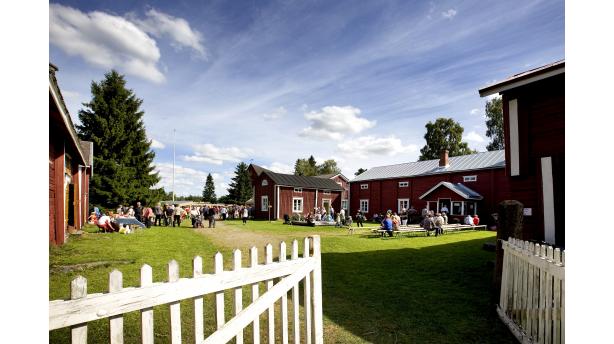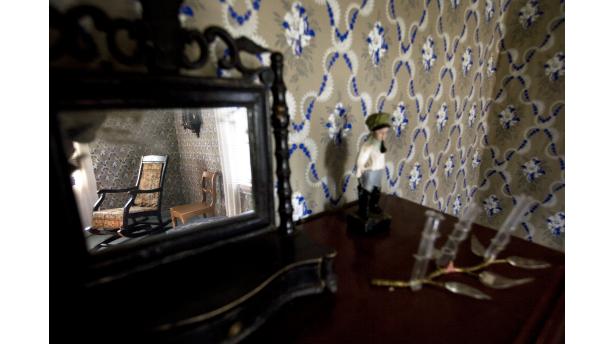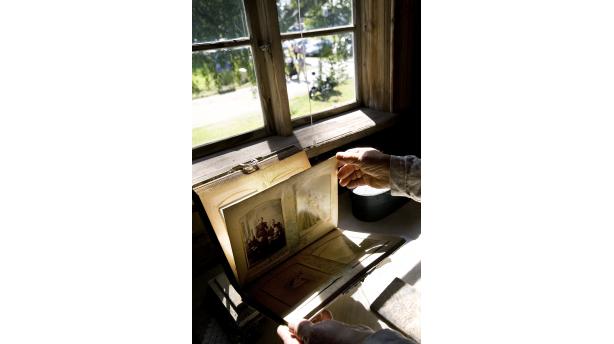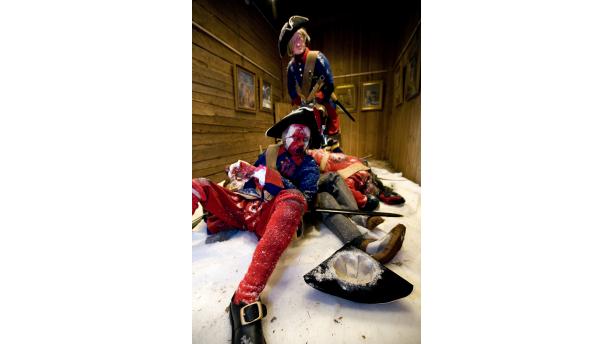In the attic of the museum is a room of war memories, where objects and stories mainly from the Second World War are displayed. One of the impressive items in the museum is a propeller from a fighter plane dating back to 1939.
Museum A-Ö » Isokyrö Museum and Carolinian Centre
Isokyrö Museum and Carolinian Centre




Did you know...
In the attic of the museum is a room of war memories, where objects and stories mainly from the Second World War are displayed. One of the impressive items in the museum is a propeller from a ...
In the Isokyrö Museum can be seen peasant artefacts from the latter half of the 19th century. Everyday utensils are displayed as if the people of the house had just gone to their work outside and left the house for the day. The visitor rather steps into a genuine 19th century milieu than an exhibition.
The museum is characterized by two traditional 1½-storey Ostrobothnian houses. They are grouped with the outbuildings in a way typical for a traditional courtyard. The main building, the Piuhola house, dates back to 1768 and has been moved to the area from the Kuivila village. The buildings represent the building traditions of the 18th and 19th century. The artefacts in the museum also originate from that period.The cabin with a large open fireplace was divided according to men’s and women’s chores: on the men’s side woodwork and reparations, on the women’s side cooking and spinning. The master and the matron also had separate bedrooms. The ceiling in the master’s chamber is beautifully decorated with paintings, the walls are papered and in the corner is a stately tile stove. The dweller of this house was in other words no pauper peasant.
One of the museum’s pearls is an American photo album filled with photographs sent home by emigrants. At the turn of the 20th century around 2 000 people from Isokyrö emigrated to America. Photographs taken in a studio were sent home as evidence of the good living conditions the emigrants had in the new home country.
Children and school classes can participate in time travels, that take them to the years of famine in the 19th century. During the trip they can for instance learn to mix bark in bread in order to get more bread.
At the museum is annually organized one of the biggest events in the region, an 18th century fair in August. During the fair one can visit the museum, buy handworks or enjoy a cup of coffee in an authentic old time milieu next to the church.
There are twelve buildings on the museum area, for instance an 18th century “luttirati” (loft row), that earlier had the only gate and entrance to the courtyard, a 19th century barn, a windmill moved to the area dating back to 1863, a stable, a workshop, a sauna, a woodshed, a right-of-occupancy cottage (a grandpa’s cottage), a barn from the year 1785, a drying barn and a grain magazine.
There is a Carolinian Centre in the grain magazine with the only exhibition in Finland displaying the battle of Napue and the Greater Wrath. The battle of Napue was fought in 1714 and it was the last field battle of the Great Northern War fought in Finland. Artist Heikki Laaksonen from Ylistaro has illustrated the story in the exhibition with oil paintings, and in addition there is a multimedia show and life-size dolls dressed in the costumes of the Carolinians.



